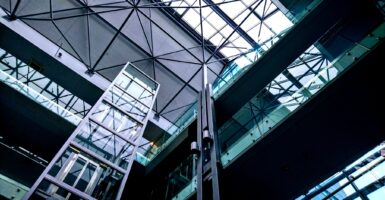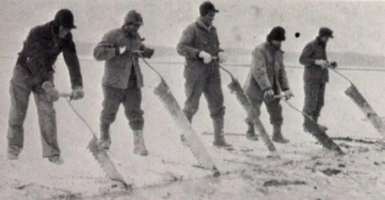20 Engineering Mistakes That Had Unexpected Consequences
From ancient bridges to modern software, engineering decisions shape our world. Sometimes these choices lead down surprising paths, teaching valuable lessons that influence how things are built today. The drive to push boundaries often reveals gaps between theory and reality, showing that innovation comes with unexpected risks.
Let’s explore some engineering decisions that didn’t quite go as planned, showing how even small oversights can have far-reaching effects.
Tacoma Narrows Bridge
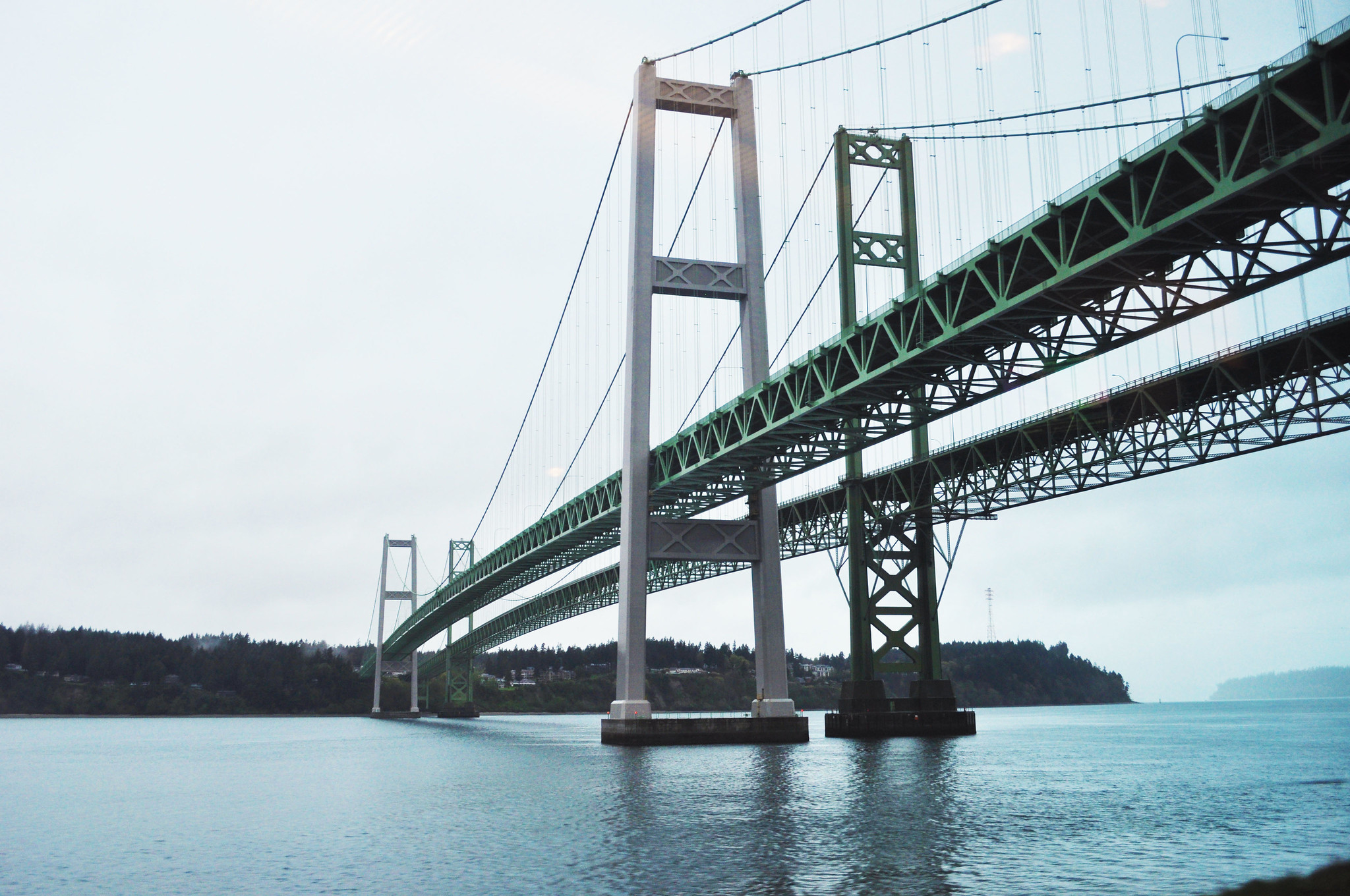
The bridge’s notorious collapse in 1940 taught engineers about the power of wind. Its slim design caught the breeze like a sail, causing it to twist and sway until it tore itself apart.
This famous failure changed how bridges are built worldwide and showed that sometimes nature finds ways to break even the most precise calculations.
The Leaning Tower of Pisa
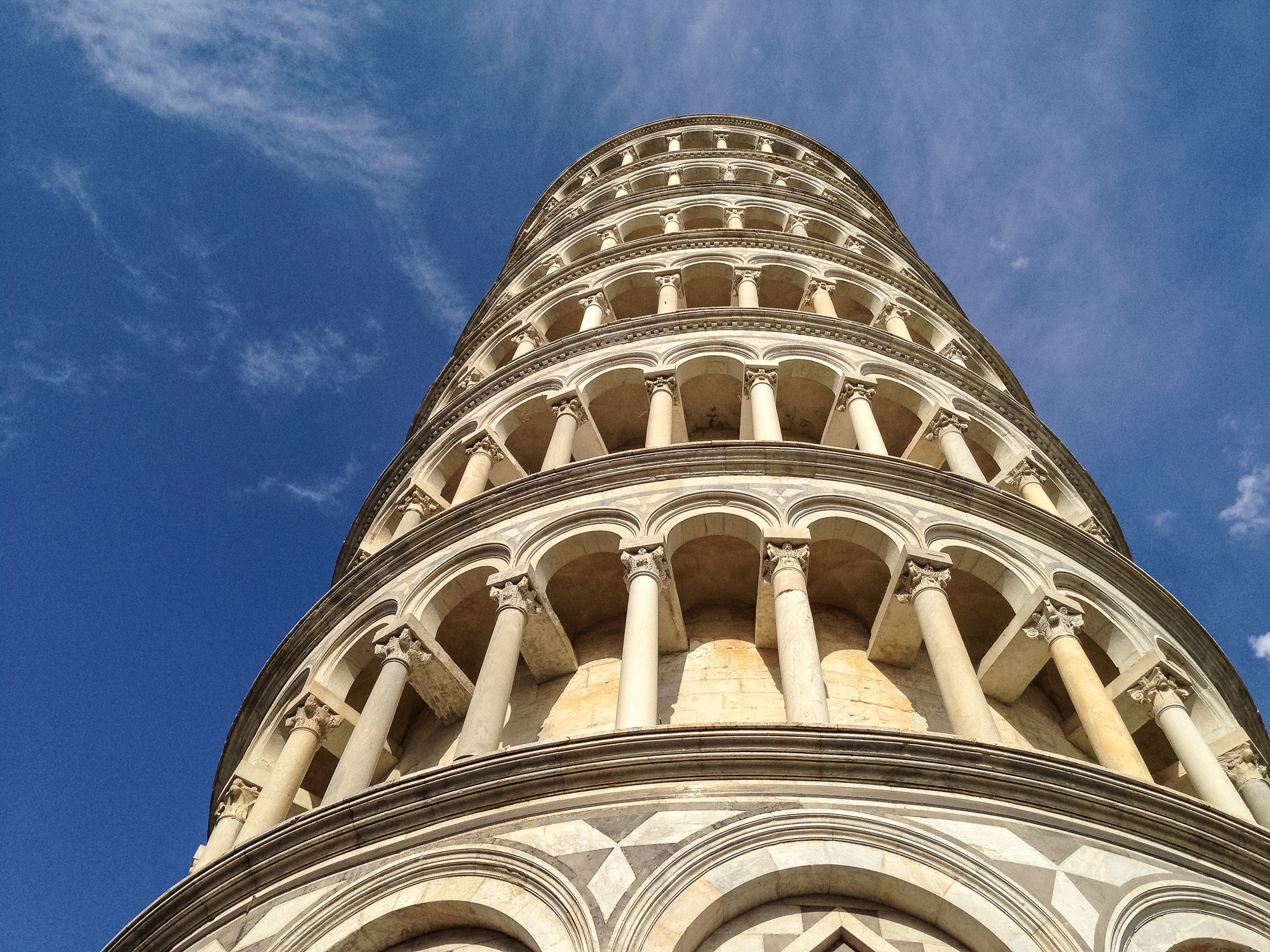
Built on soft soil without proper foundation planning, this bell tower started tilting during construction in 1173. What seemed like a disaster turned into one of Italy’s most famous landmarks, drawing millions of tourists yearly.
The tower’s lean has actually helped engineers understand soil mechanics better and spawned new methods for studying ground conditions.
Like Go2Tutors’s content? Follow us on
Mars Climate Orbiter

A simple mix-up between metric and imperial measurements caused this $125 million spacecraft to crash into Mars in 1999. One team used metric units while another used imperial, proving that even rocket scientists need to double-check their unit conversions.
The error led to stricter communication protocols in space missions and standardized measurement systems.
Lotus Riverside Complex
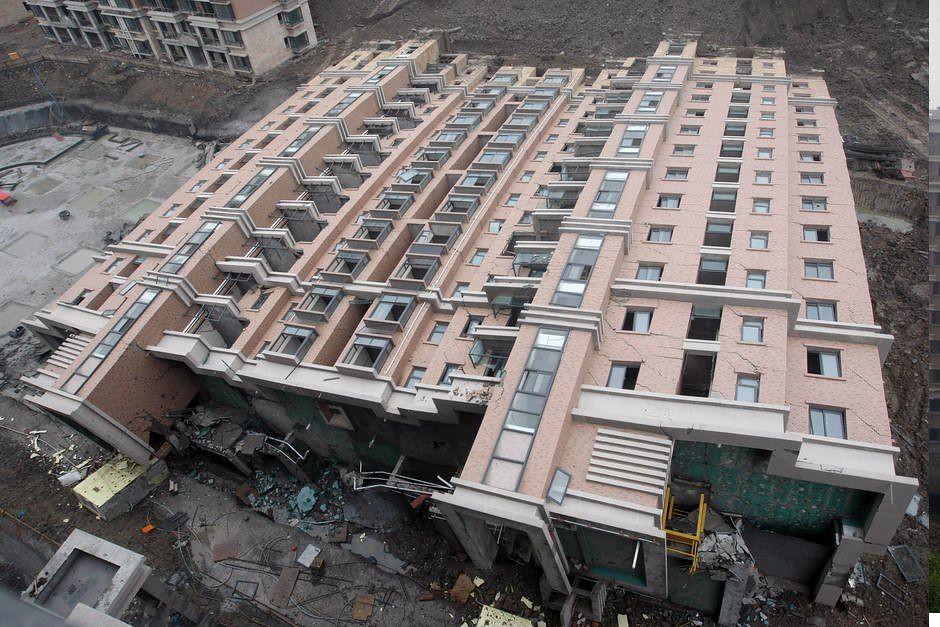
A 13-story building in Shanghai fell almost completely intact in 2009. Workers piled excavated soil too high on one side, causing the foundation to shift.
The tower fell like a domino, proving that what goes under a building matters as much as what goes into it, leading to stricter regulations about construction site management.
Citigroup Center

An engineering student discovered this New York skyscraper could topple in strong winds due to a design flaw. Secret midnight repairs strengthened the building’s joints while the public remained unaware of the danger.
The incident showed how fresh eyes can spot problems veterans miss and led to more rigorous peer review processes.
Like Go2Tutors’s content? Follow us on
Kansas City Hyatt
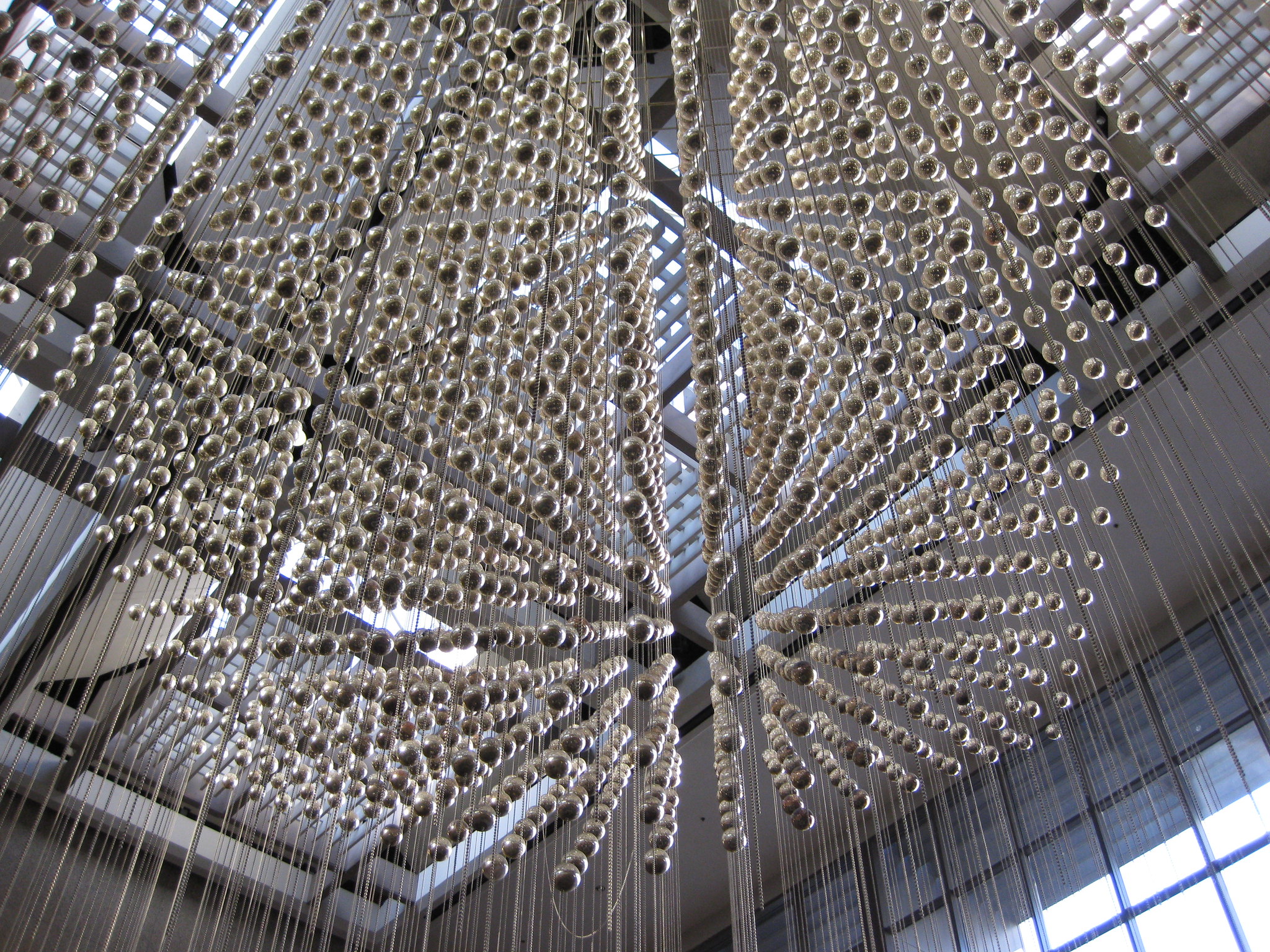
A small change in how steel beams were connected led to one of the deadliest structural failures in U.S. history. The modified design doubled the load on crucial supports, causing walkways to collapse during a crowded event.
This disaster transformed how engineering changes are approved during construction and highlighted the importance of reviewing even minor modifications.
Quebec Bridge
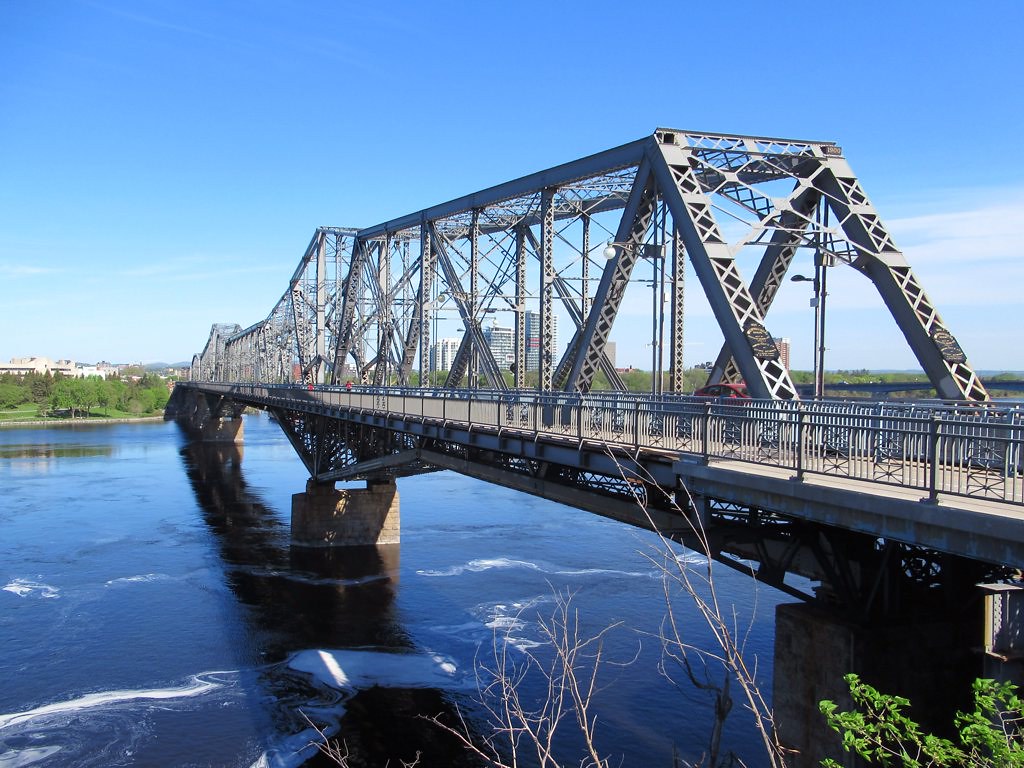
Engineers underestimated the weight of steel being used, leading to a catastrophic collapse in 1907. As the bridge grew, increasing weight caused support beams to bend until they failed.
The disaster spawned the tradition of engineers wearing iron rings made from the fallen bridge’s steel, serving as a constant reminder of their responsibilities.
Vasa Ship
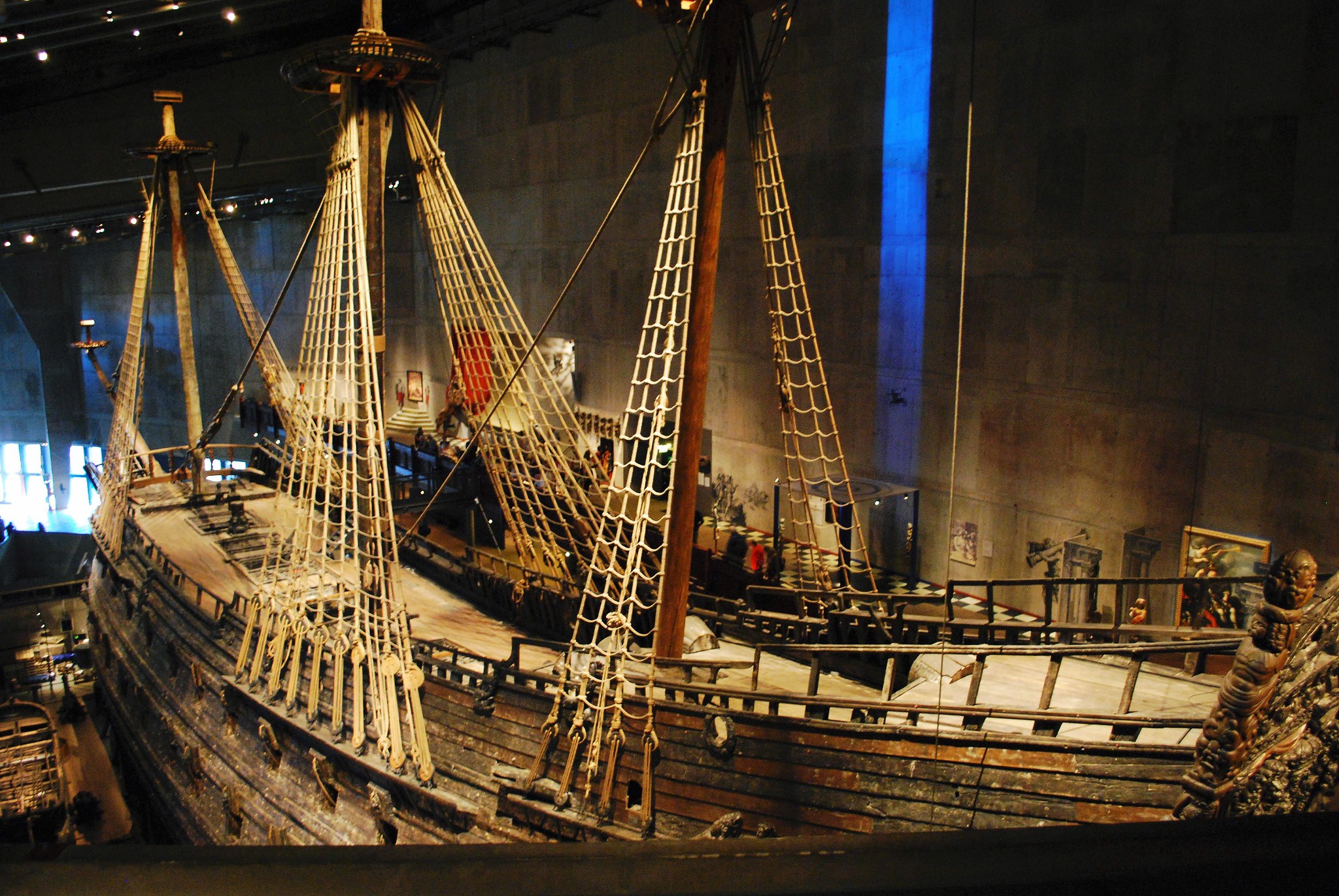
This Swedish warship sank on its maiden voyage in 1628 because it carried too many heavy cannons. The king’s demands for more firepower made the ship top-heavy, proving that even royal orders can’t override physics.
The perfectly preserved wreck now teaches visitors about the dangers of prioritizing power over stability.
Like Go2Tutors’s content? Follow us on
Aral Sea Ships
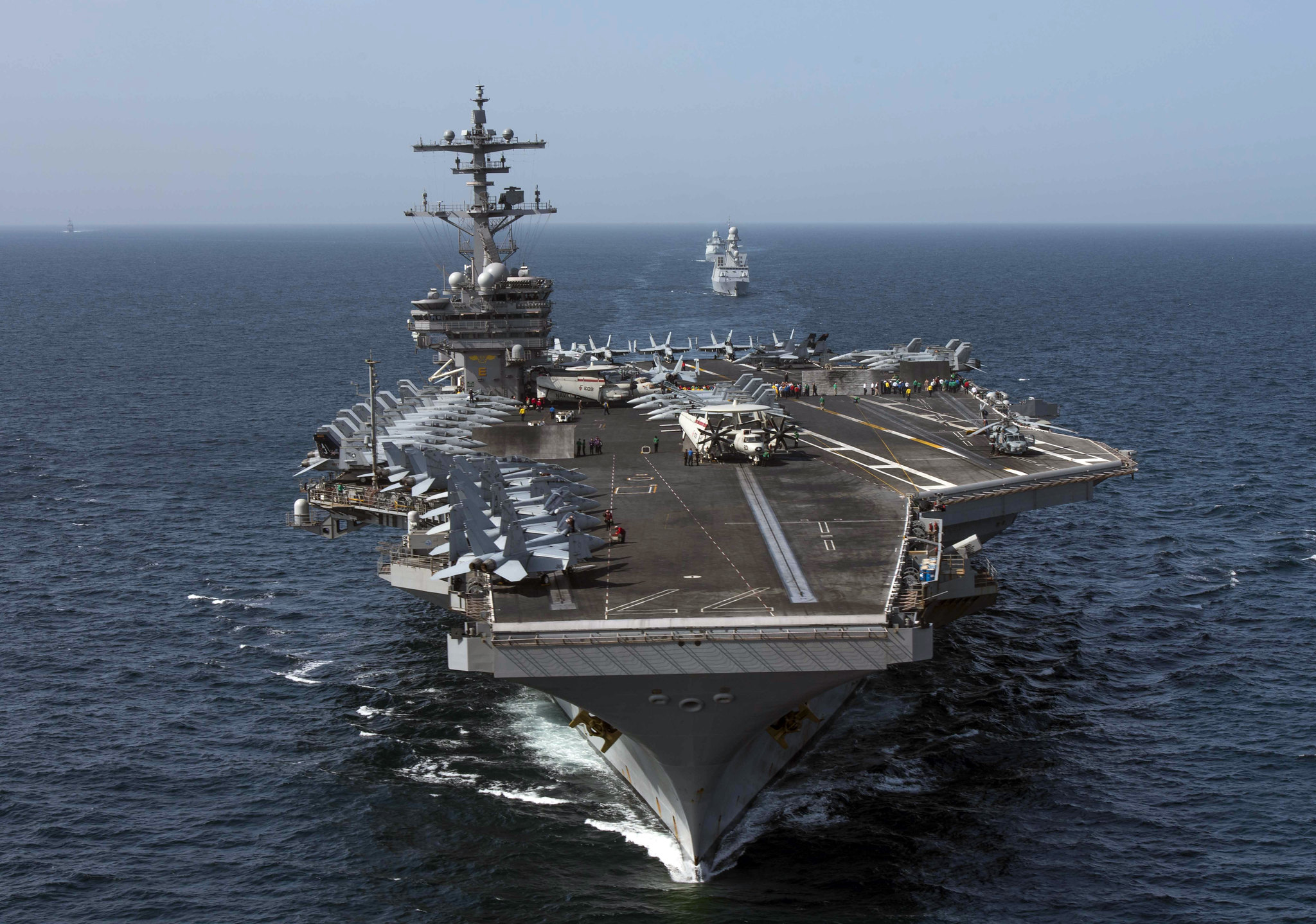
Soviet engineers diverted rivers feeding this massive lake for irrigation projects. Their changes transformed a thriving fishing industry into a desert where ships rust in sand.
The project shows how altering natural systems can have devastating long-term effects on both environment and economy.
Boston Molasses Flood
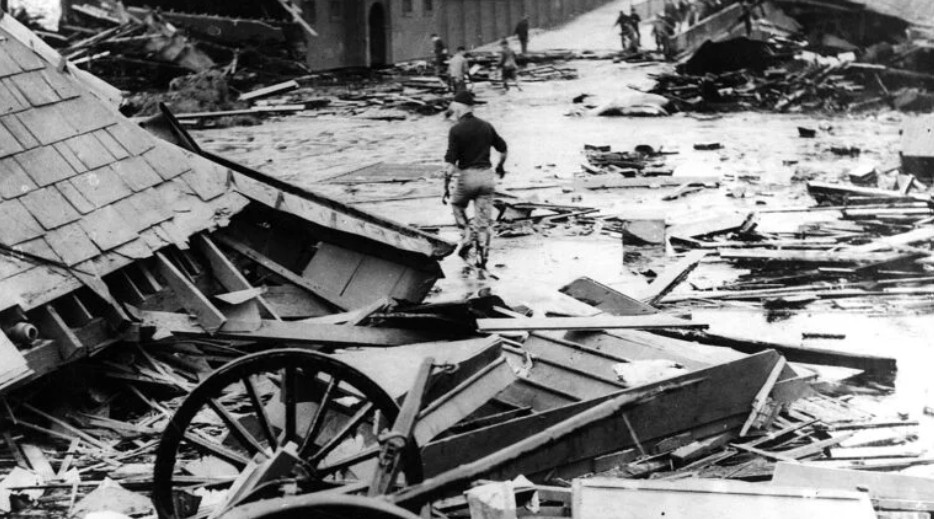
A poorly constructed tank burst in 1919, sending a wave of hot molasses through Boston’s streets at 35 miles per hour. The sticky disaster killed 21 people and injured 150, proving industrial storage needs careful engineering.
This unusual catastrophe led to stricter regulations for storage tank construction and regular safety inspections.
Chernobyl’s Control Rods
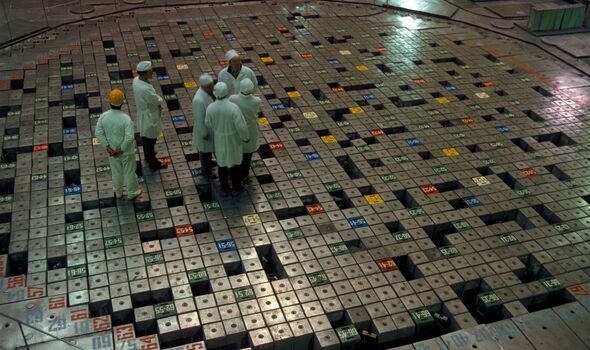
A design flaw in the control rods briefly increased reactivity when first inserted during emergency shutdowns. This counterintuitive behavior contributed to the worst nuclear disaster in history.
The incident transformed nuclear safety protocols and showed how complex systems can hide dangerous flaws.
Like Go2Tutors’s content? Follow us on
The Challenger O-Rings
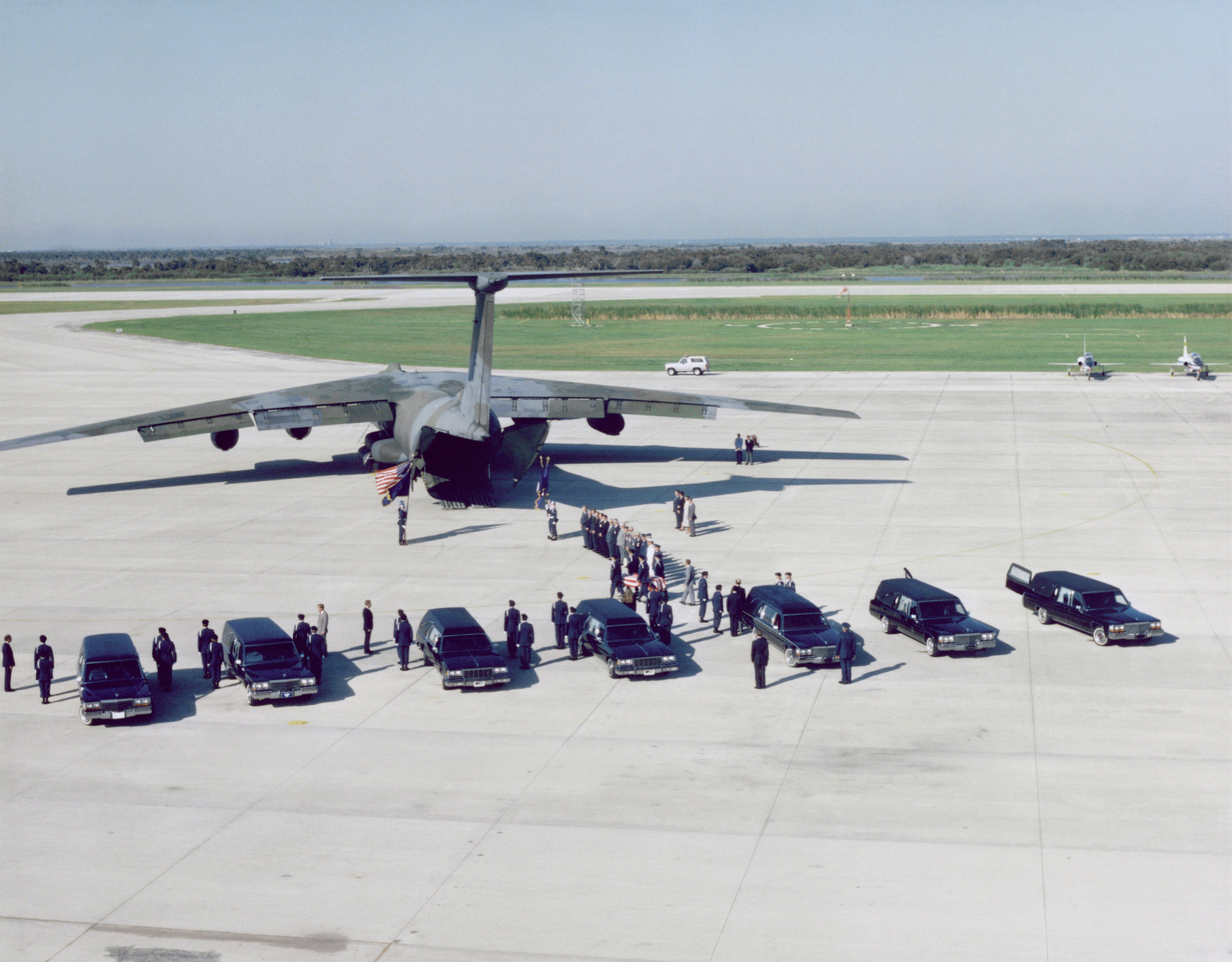
Cold weather made rubber seals brittle in the space shuttle’s solid rocket boosters. Engineers warned about the risk, but organizational pressure led to a launch in unsafe conditions.
The tragic loss taught NASA to listen more carefully to engineering concerns over management deadlines.
Tay Bridge Disaster
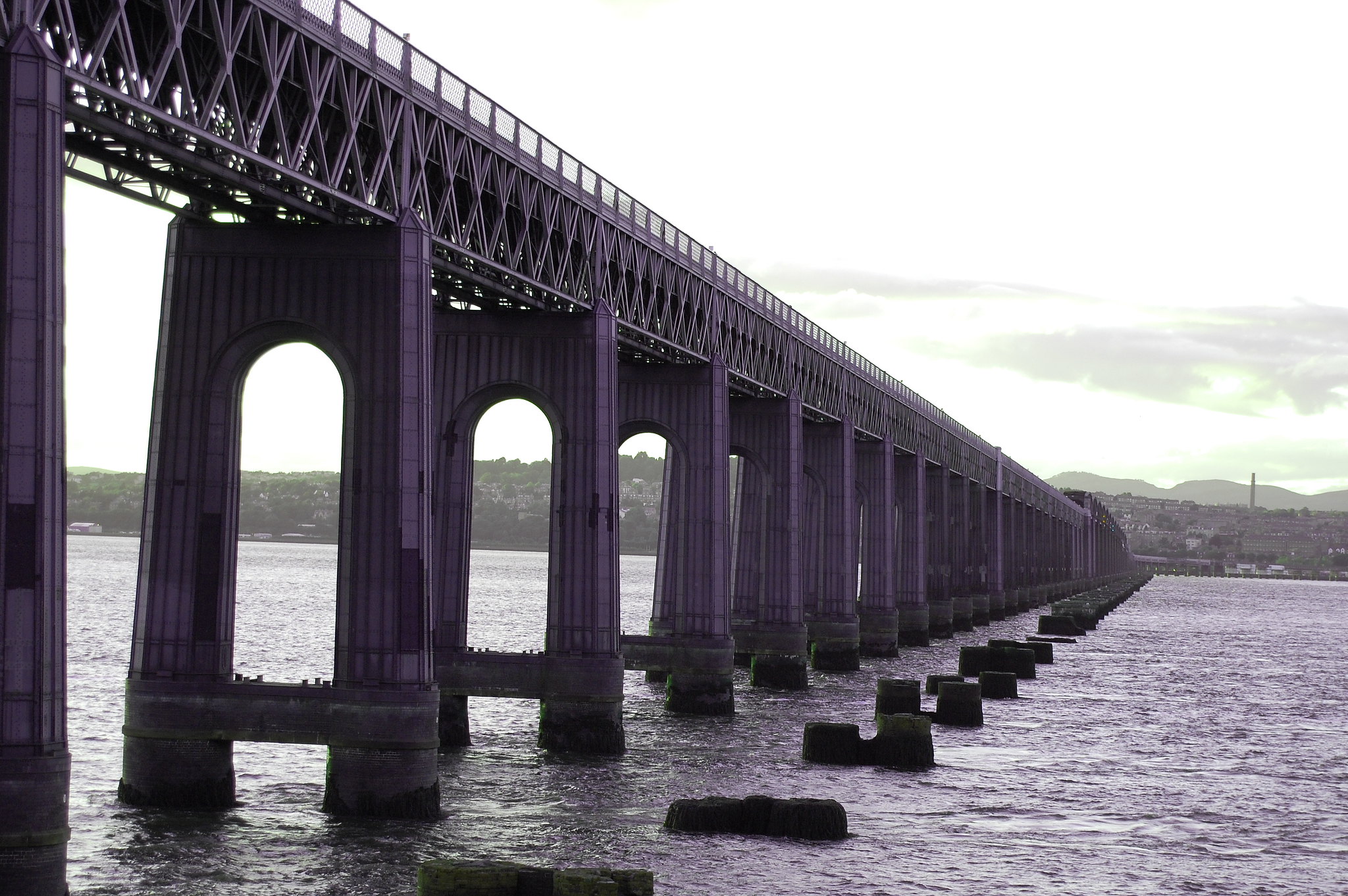
The original bridge collapsed in an 1879 storm because its designer underestimated wind forces. A passenger train plunged into the river below, changing how engineers calculate wind loads on tall structures.
The disaster led to the standard practice of wind tunnel testing for major structures.
Y2K Programming

Using two digits for years saved precious memory in early computers but created a ticking time bomb. The potential for worldwide system failures sparked a massive effort to update critical systems.
While disaster was avoided, the crisis showed how temporary solutions can create long-term problems.
Like Go2Tutors’s content? Follow us on
Roman Concrete Recipe
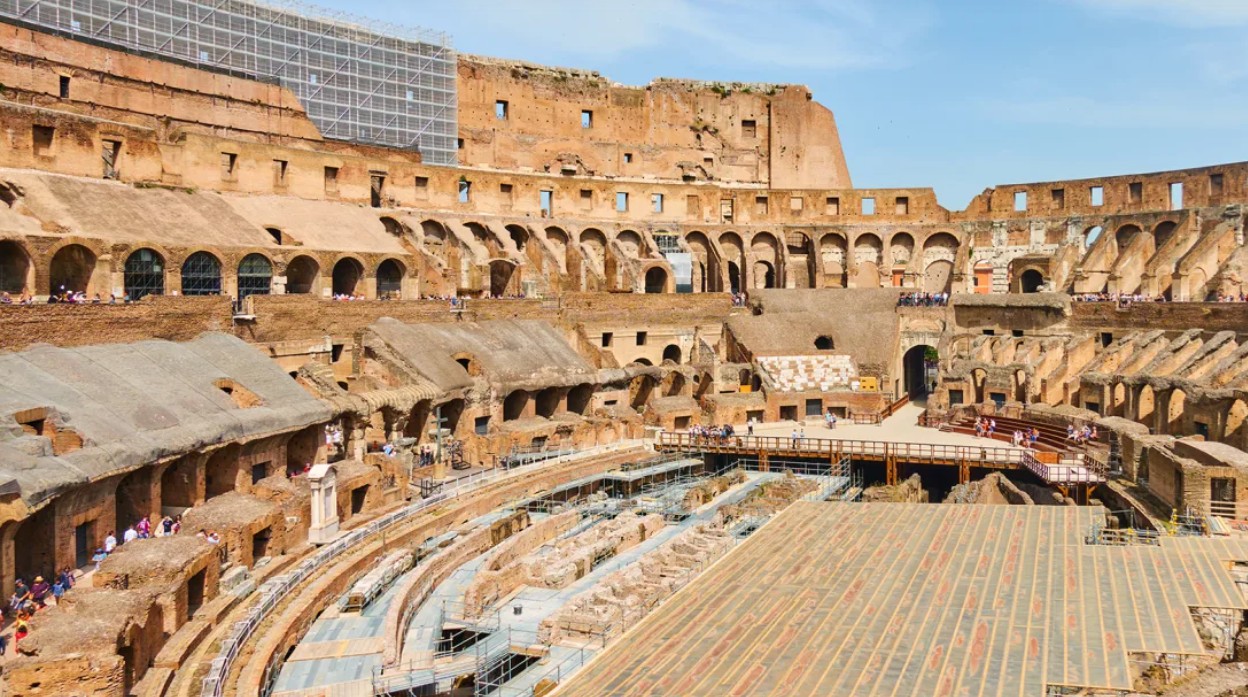
The loss of Roman concrete formulas set construction technology back centuries. Modern scientists discovered seawater actually strengthens their harbor structures over time.
This ancient mistake shows how valuable engineering knowledge can be lost when not properly documented.
Ford Pinto Fuel Tank
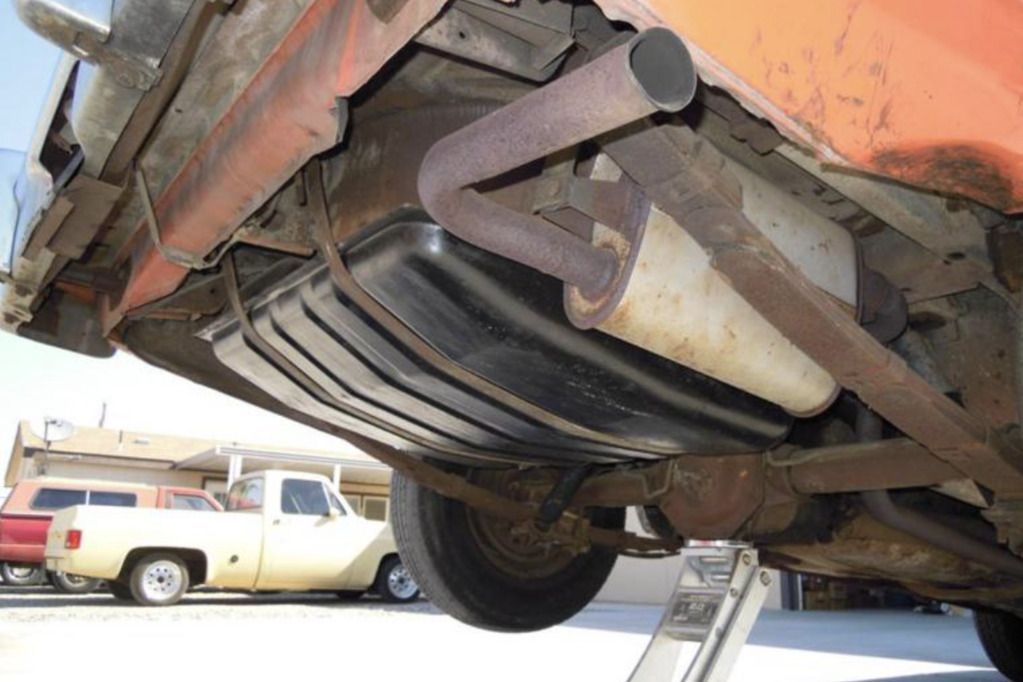
Placing the fuel tank behind the rear axle made the car dangerous in rear-end collisions. Ford’s choice to prioritize cost savings over safety improvements cost lives.
The case became a warning about balancing profit margins against public safety.
Banqiao Dam
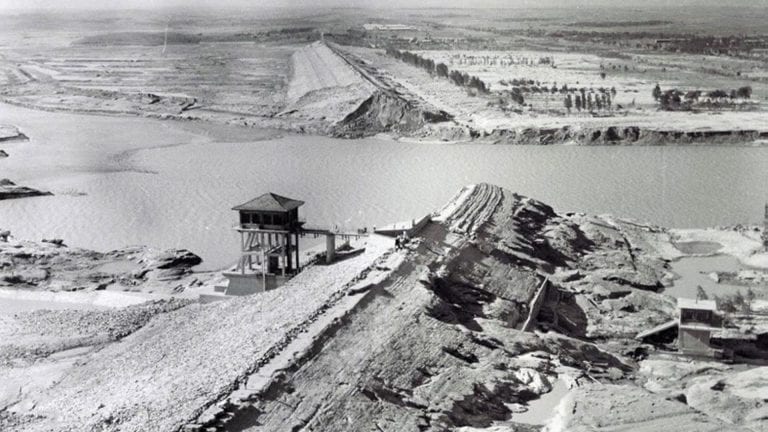
Engineers designed the dam using incomplete flood data and optimistic assumptions. When record rains struck in 1975, the resulting cascade of failures killed over 170,000 people.
The disaster changed how engineers calculate maximum flood levels and plan for worst-case scenarios.
Like Go2Tutors’s content? Follow us on
Therac-25 Software
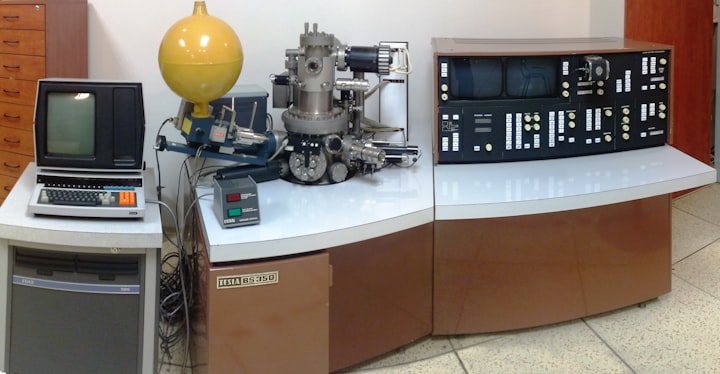
This radiation therapy machine’s software bugs caused fatal overdoses. Engineers removed hardware safety checks, trusting the computer controls alone.
The tragedy taught the importance of multiple safety systems and thorough software testing.
Crystal Palace Windows
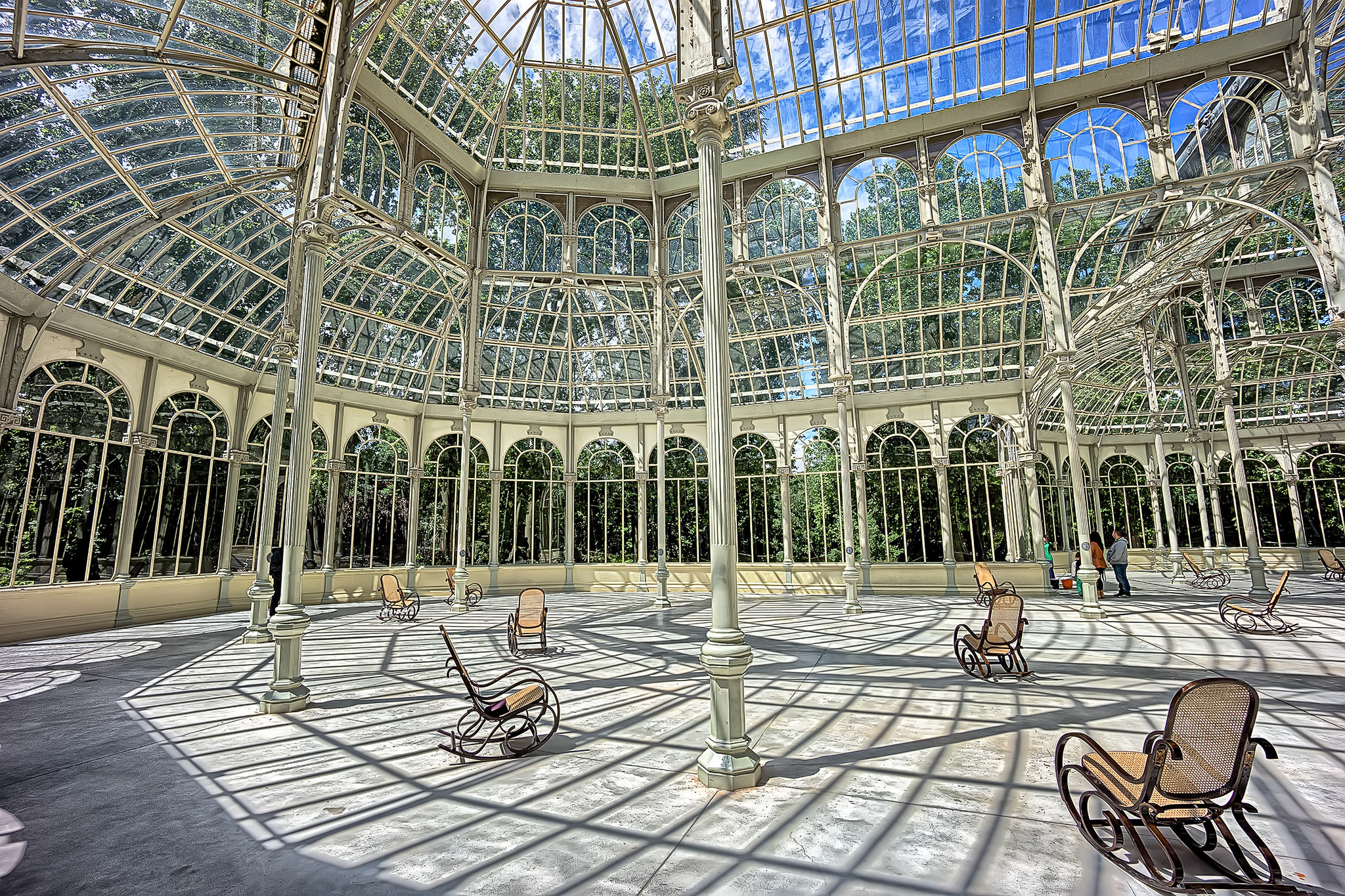
The vast glass building trapped heat like a greenhouse, making it unbearable for visitors. Engineers solved the problem with adjustable canvas shades rather than complex mechanical systems.
Sometimes the simplest solution proves most effective.
Madrid Crystal Tower

The building’s curved glass exterior focused sunlight like a magnifying glass onto nearby streets. The reflected heat melted cars and scorched sidewalks until special window films were installed.
This modern mishap showed how innovative designs can create unexpected problems.
Like Go2Tutors’s content? Follow us on
Engineering’s Evolution

These engineering missteps, from ancient times to modern day, continue teaching valuable lessons. Each failure or unexpected outcome adds to our understanding of how things work and sometimes don’t work.
Today’s engineers carry these stories as cautionary tales, knowing that the next big lesson might be hidden in their current project. Today’s engineering practices are built on centuries of trial and error.
While technology changes, the core principles of careful planning, thorough testing, and learning from mistakes remain as relevant as ever. These lessons remind us that progress often comes from understanding what went wrong as much as what went right.
More from Go2Tutors!

- Famous Battles: How Much Do You Really Know About U.S. History?
- Top 5 Most Important Skills, According To Harvard Business School
- How Well Do You Know 90s Pop Culture? Take the Quiz
- Master the Art of Public Speaking with These Expert Tips
- Think You Know Capitals? Put Your Knowledge to the Test
Like Go2Tutors’s content? Follow us on
